
One of the tea gardens in the beautiful hills of Darjeeling.
The variety of Darjeeling teas can be overwhelming for someone new. Seasonal flushes, clonal, oolong, white, green and many other blends. But if one starts exploring the wonderful world of fine ‘champagne of Teas’ there is no stopping. Jeff Koehler’s eloquent work can be the best accompaniment as you start your journey of understanding and sipping Darjeeling teas, the most adored tea of the world.

Healthy chinary tea plant.
Darjeeling tea thrives in subtleties and not extravagance. There might not be a better book than Jeff Koehler’s ‘Darjeeling – A History of the World’s Greatest Tea’ to understand the nuances of Darjeeling teas in all their entirety.
The story of Darjeeling tea is intricately woven into the colonial history of India. Nonetheless, the history of tea itself spans back thousands of years. A glimpse at the strenuous process of making up the tea empire of Darjeeling demands a look at the long-standing history of tea itself, a journey that entailed politics, culture, and above all commerce.

Bhutia tea pluckers, picture taken in the early 1900s.
Starting on the right foot with an account of the enormous financial profile of the tea industry globally, the book provides impressive anecdotes too. The sections named after the quintessential seasonal flushes of Darjeeling consists of a few chapters each that unfasten the world of tea in general and Darjeeling tea in particular.
From the earliest known and heavily spiritualized book solely on tea by an 8th-century tea master and writer Lu Yu to more contemporary ones, Koehler’s work eventually unfolds the names of several works on tea which might be unknown even to keen researcher’s eyes. For instance, it might be unknown that Lu Yu’s The Classic of Tea & other works documents precise details on tea’s origin, cultivation, processing and preparation. Thousands of years later British heavily drew on this work to erect the tea empire in India.

One of the tea gardens of Darjeeling in the 1880s.
Okakura, another tea enthusiast of 19th century Japan while writing about tea befittingly notes ‘It has not the arrogance of wine, the self-consciousness of coffee, nor the simpering innocence of cocoa. Rather a notch towards exaggeration, Okakura’s note justifies the idiosyncrasies of tea. We as Tea lovers of modern times can relate to the enormously detailed and poetic lines about tea written hundreds of years ago, aptly studded throughout Koehler’s book. For instance, a tea lover is bound to radiate a smile while going through the poetic detailing Lu Yu provides when he talks about the right way of boiling water and how to stop the boil at the precise required temperature.
Although with a strong presence in Asia since the age of Bodhidharma, Tea only entered India through the British in the last century. We all may know the precarious trade of opium for tea and the two wars that followed, but the inch by inch growth of the tea industry in India, the hurdles that came through and the making of the plantations of Darjeeling that was destined to be known as the only place to produce The Champagne of Teas, can be found beautifully jotted together and substantiated by quotes from relevant works in Koehler’s coherent and brief work.

Typical Darjeeling tea tasting session.
It is said that Tea entered Europe in the 1580s along with silk and spices. It became fashionable in courtrooms and soon it also made itself visible in the victorian upper-class halls. Hundreds of years later the British brought china variety tea to Darjeeling and the tea bushes found a home in the difficult and moist terrain of Darjeeling. People started inhabiting the otherwise uninhabited track of Darjeeling and the rest is history.
Although the book approaches colonial times with rose-tinted glasses, particularly in the chapter called Nostalgia, ‘Darjeeling – A History of the World’s Greatest Tea’ is a fascinating read that holds the narrative together throughout with an illustrious account of things and most importantly the book gives justice to our beloved cup of Darjeeling tea, adored by millions even today.
It is highly recommended that you get your copy and start reading accompanied by a fine cup of Darjeeling tea!

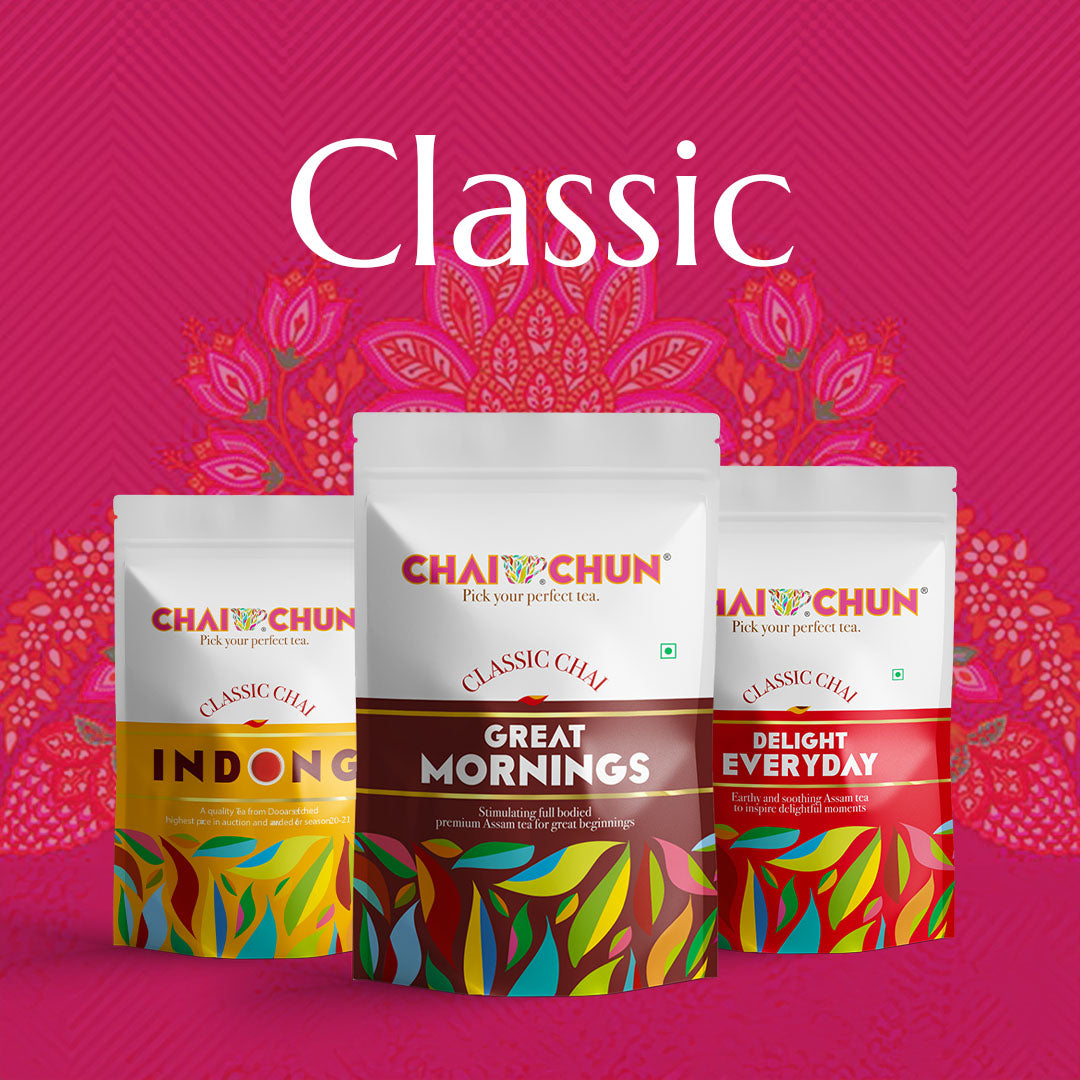
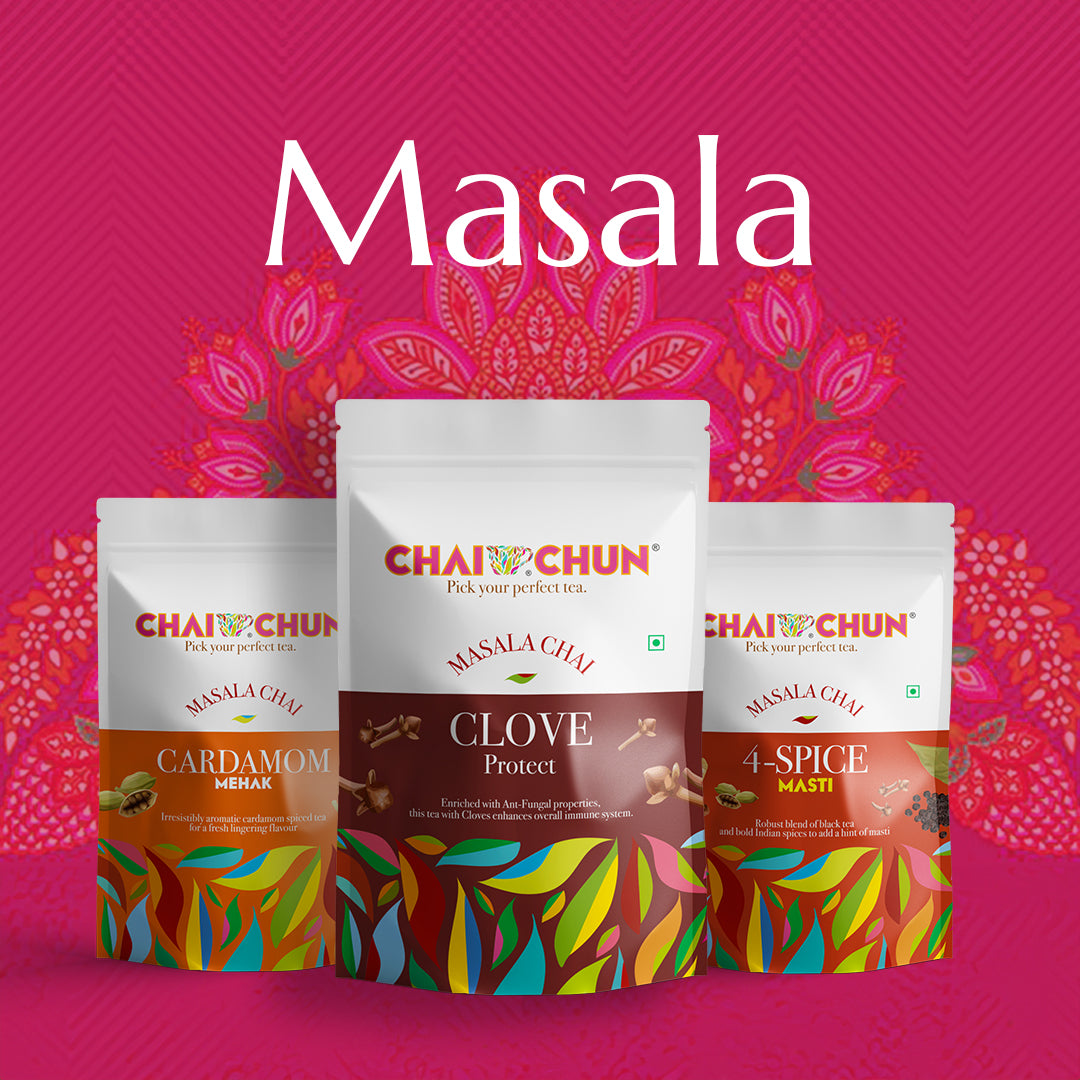
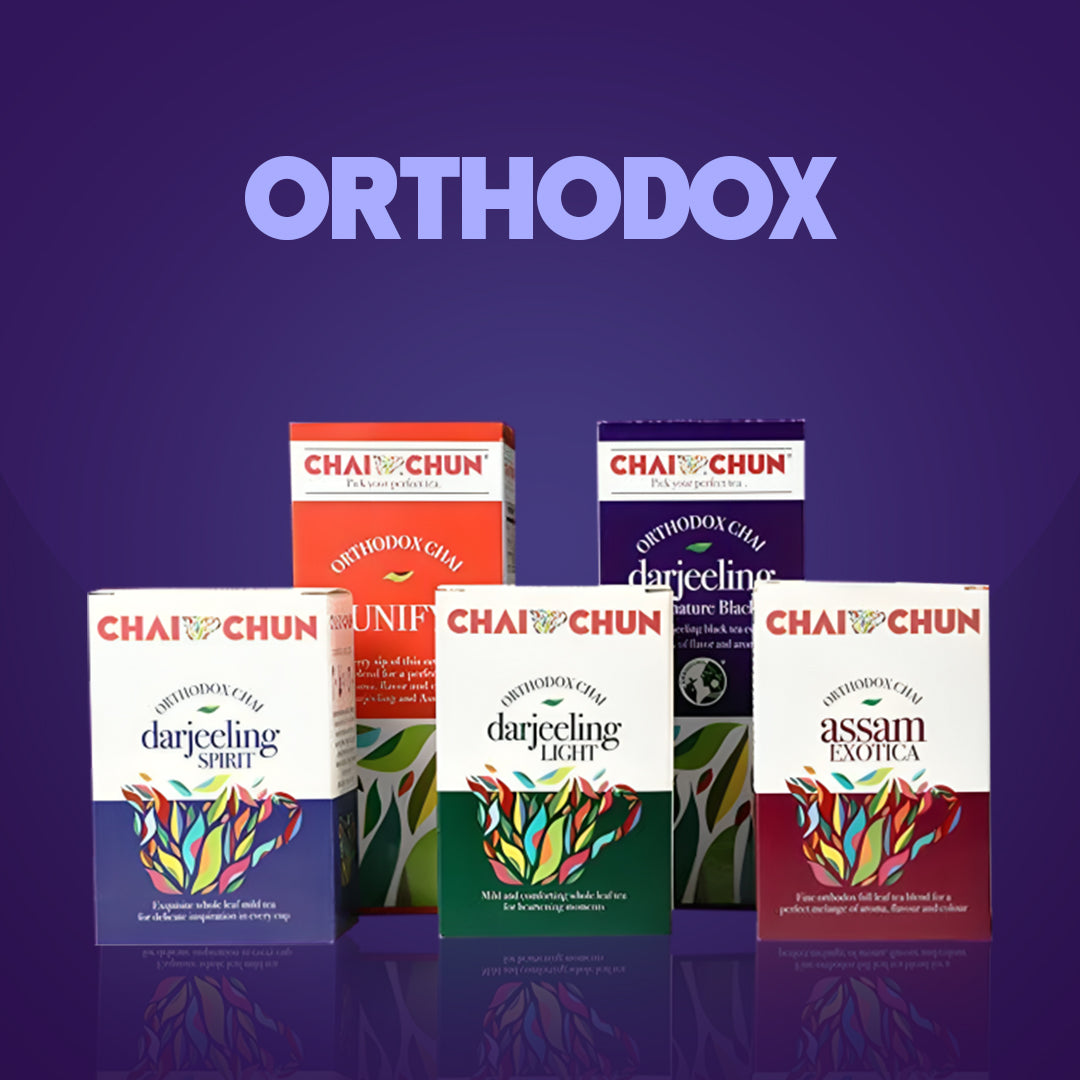
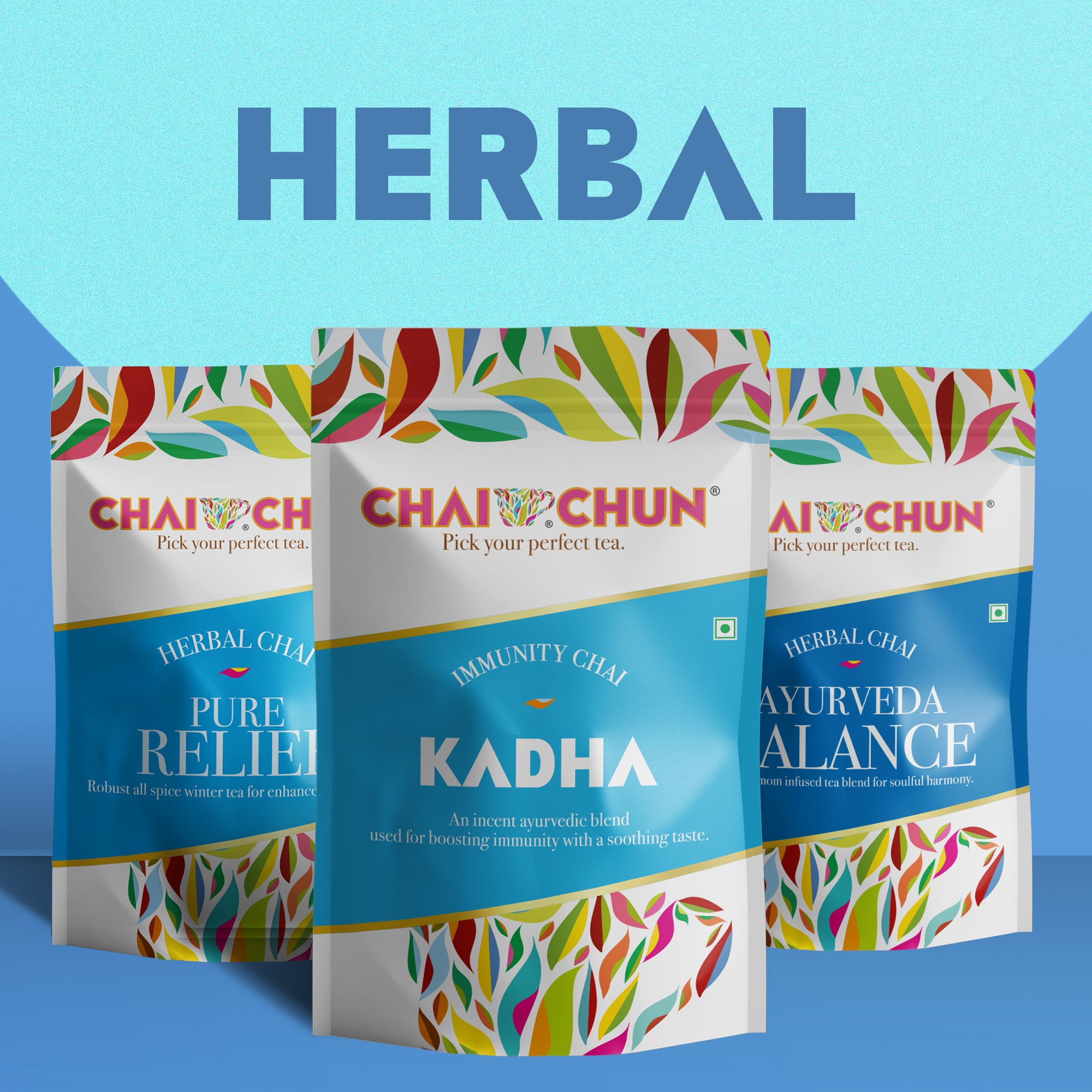

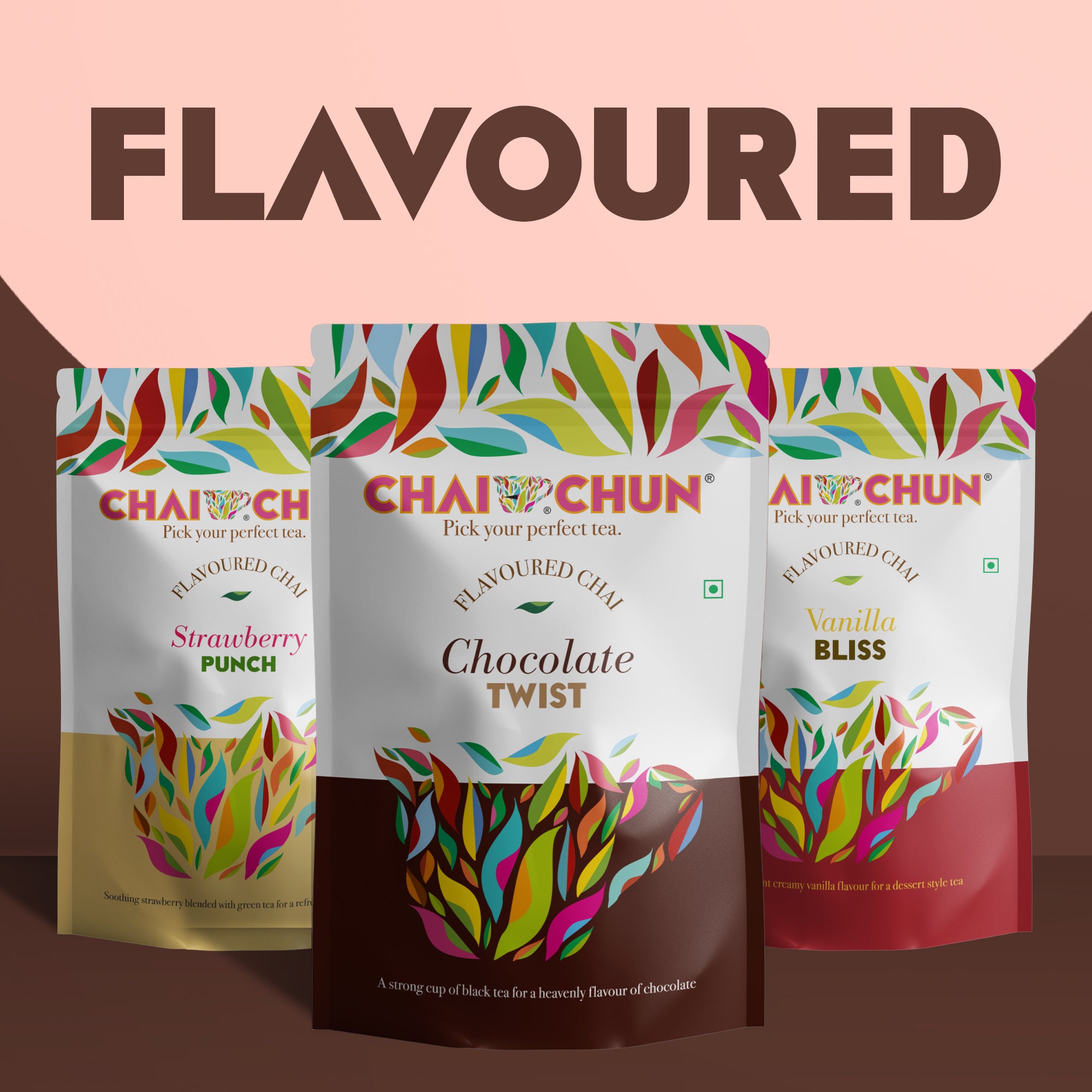
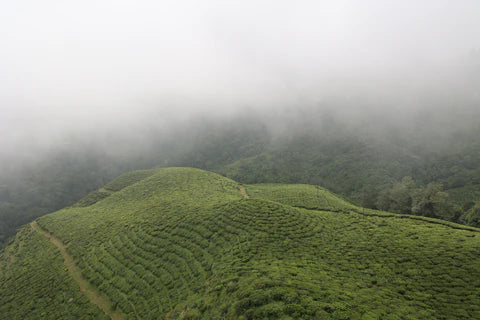

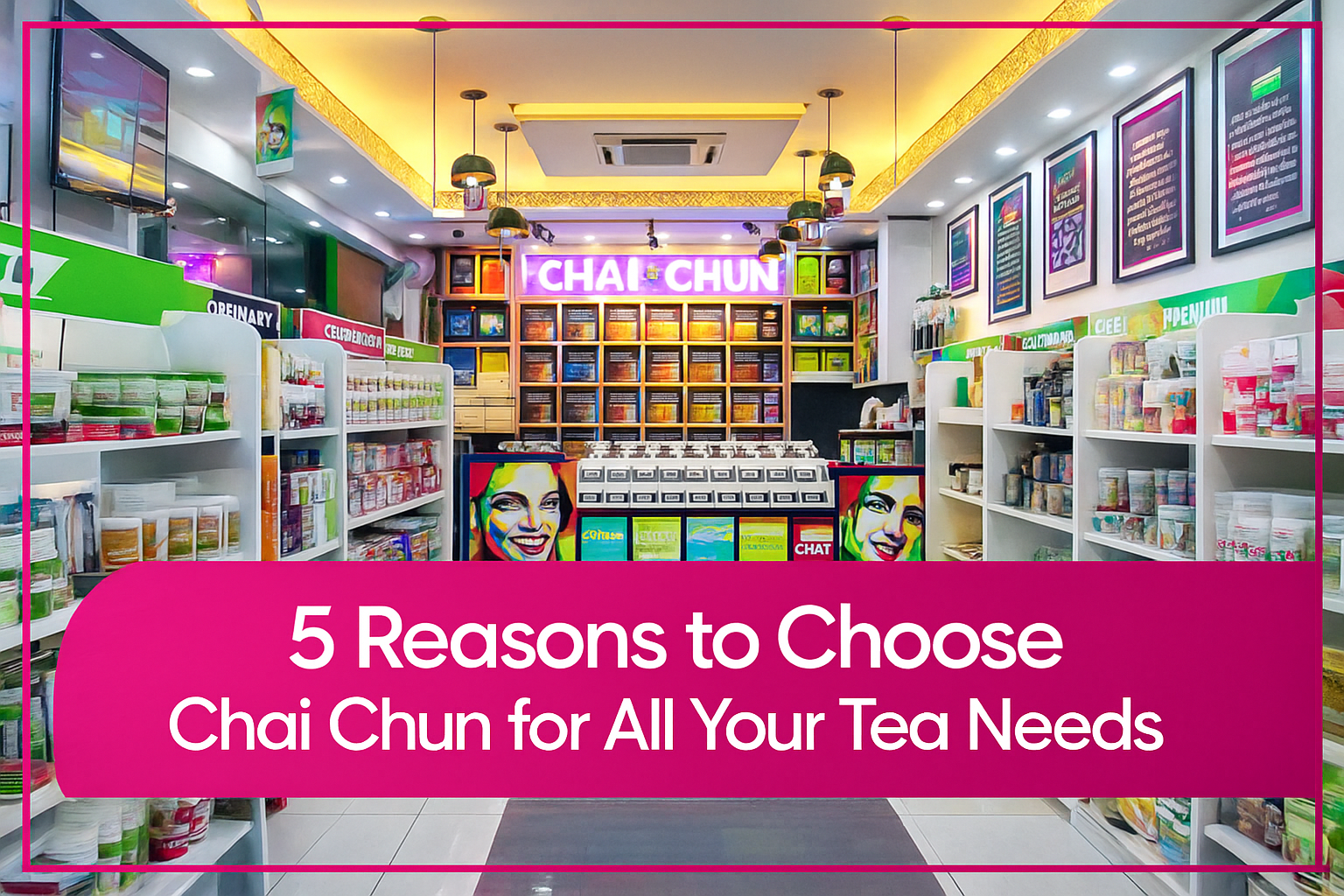
Leave a comment
All comments are moderated before being published.
This site is protected by hCaptcha and the hCaptcha Privacy Policy and Terms of Service apply.